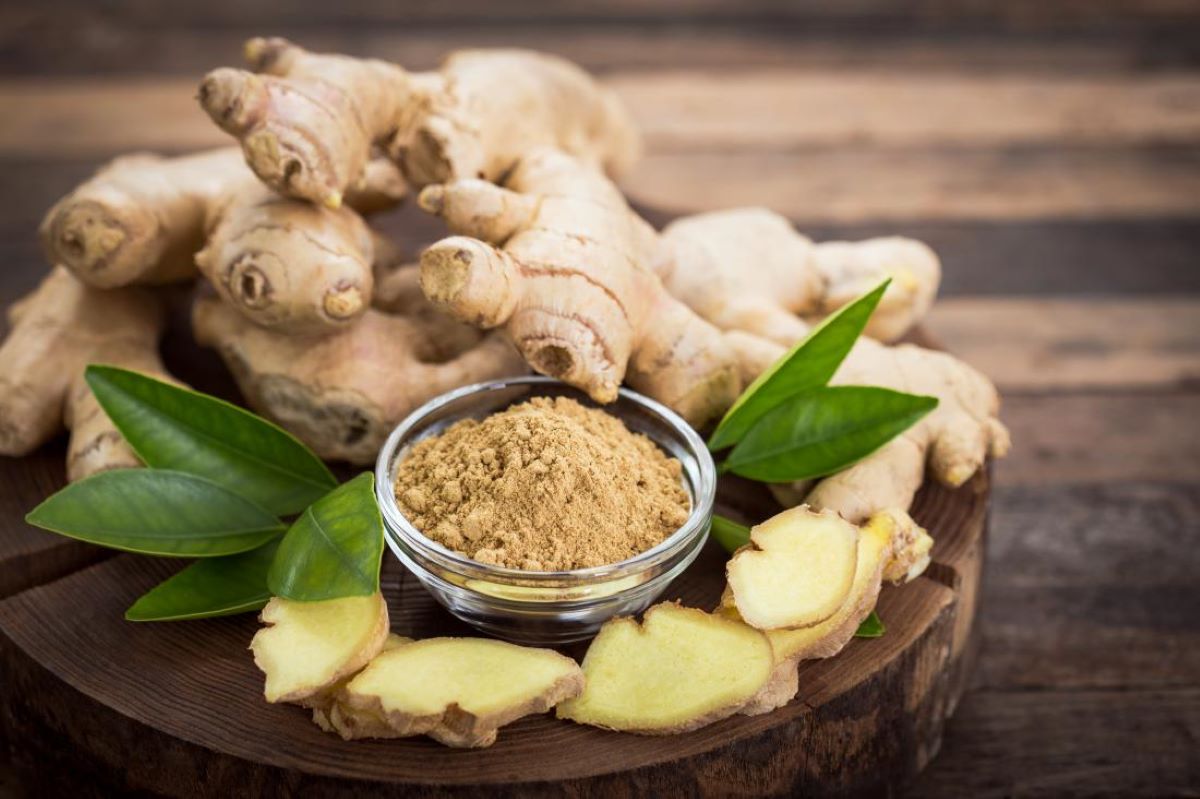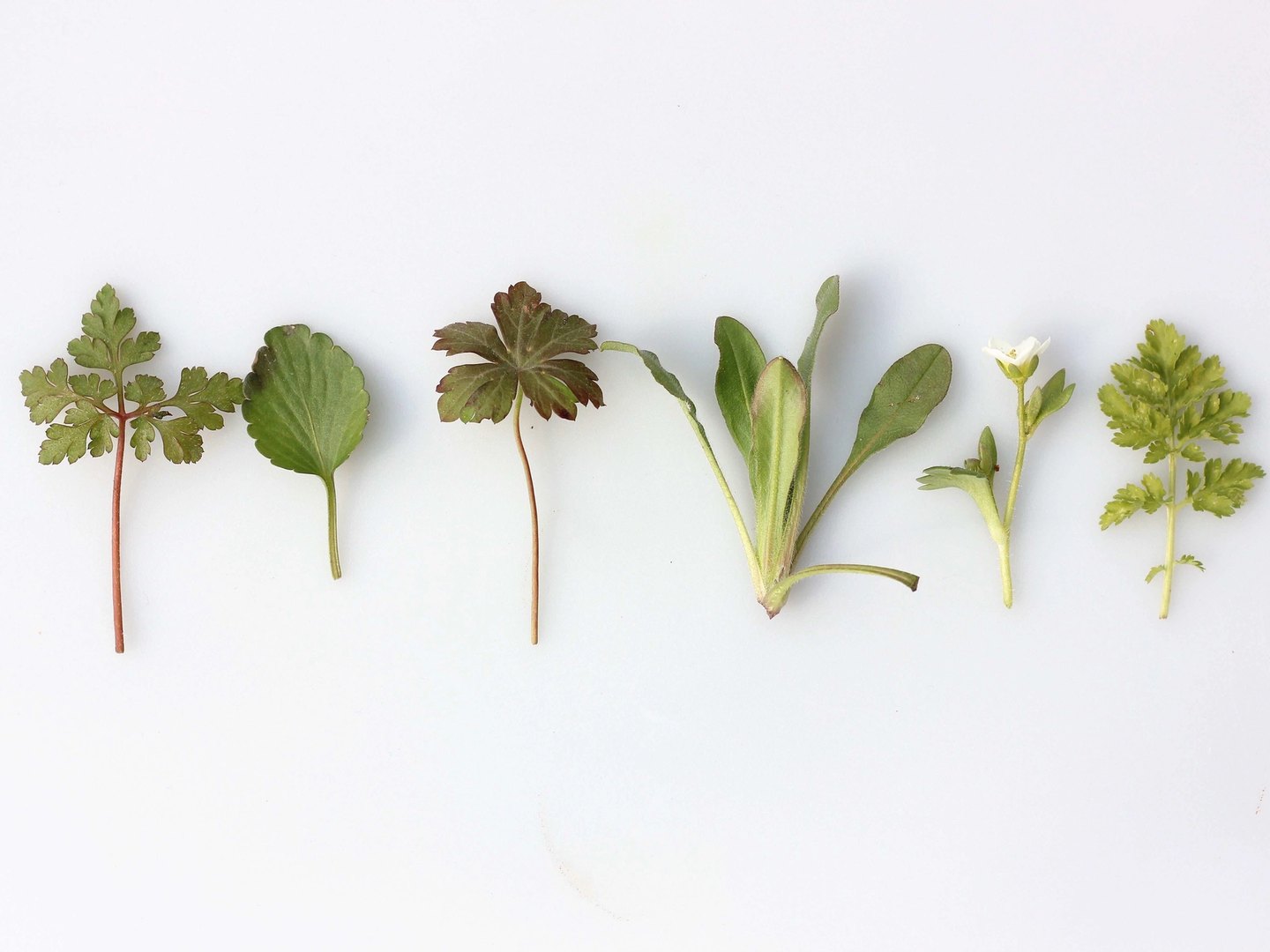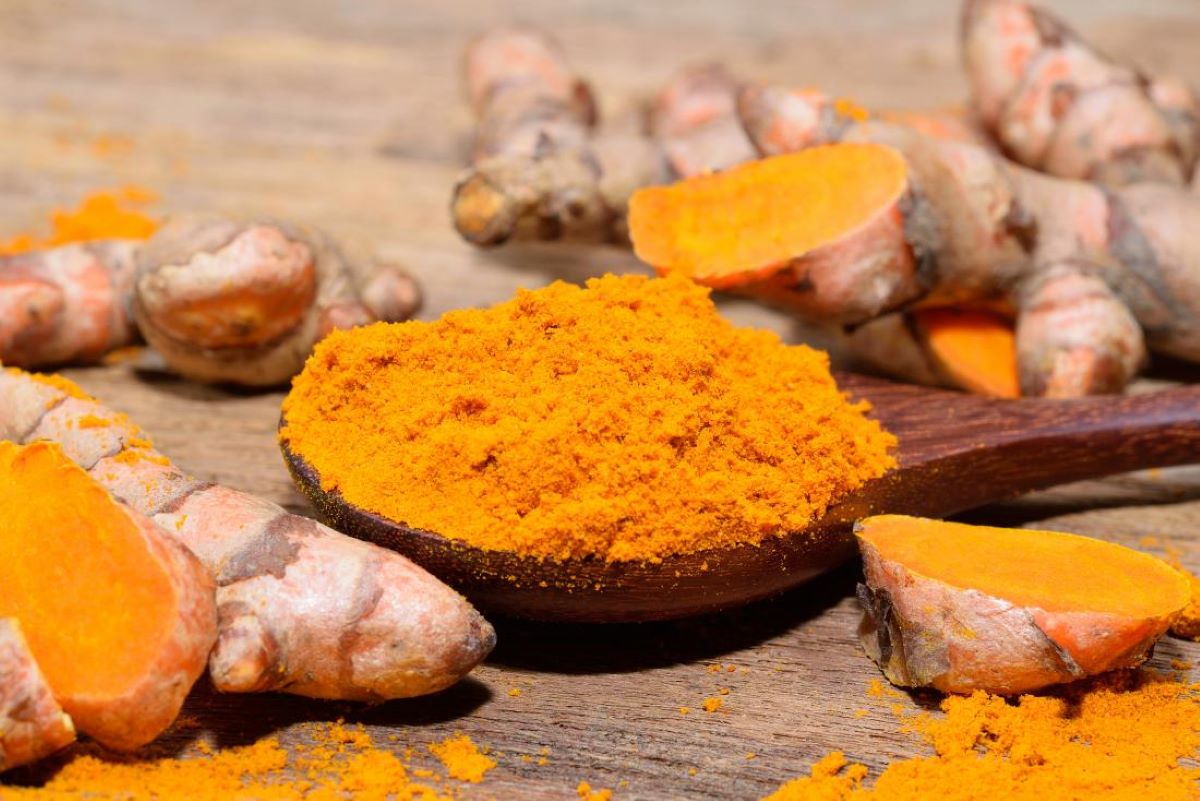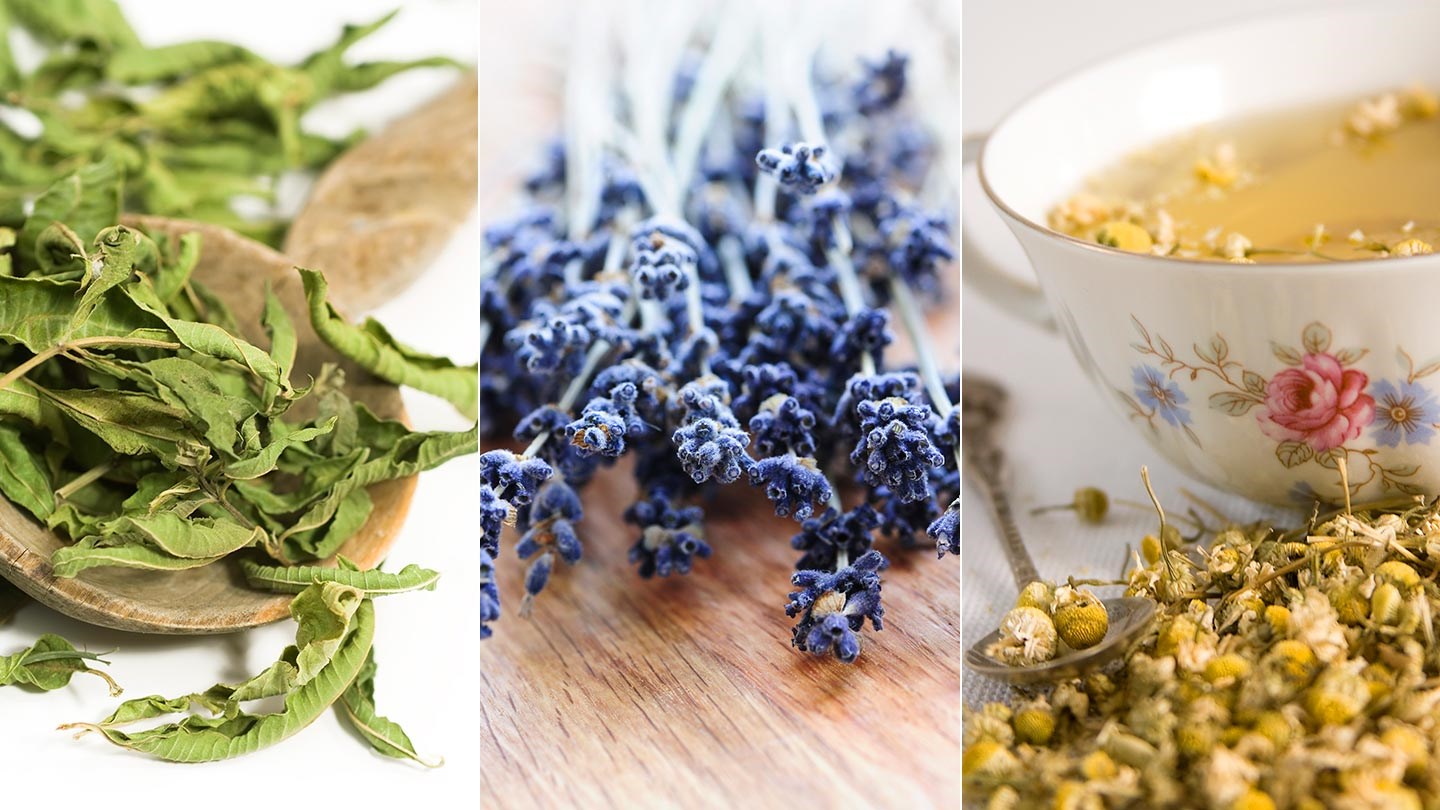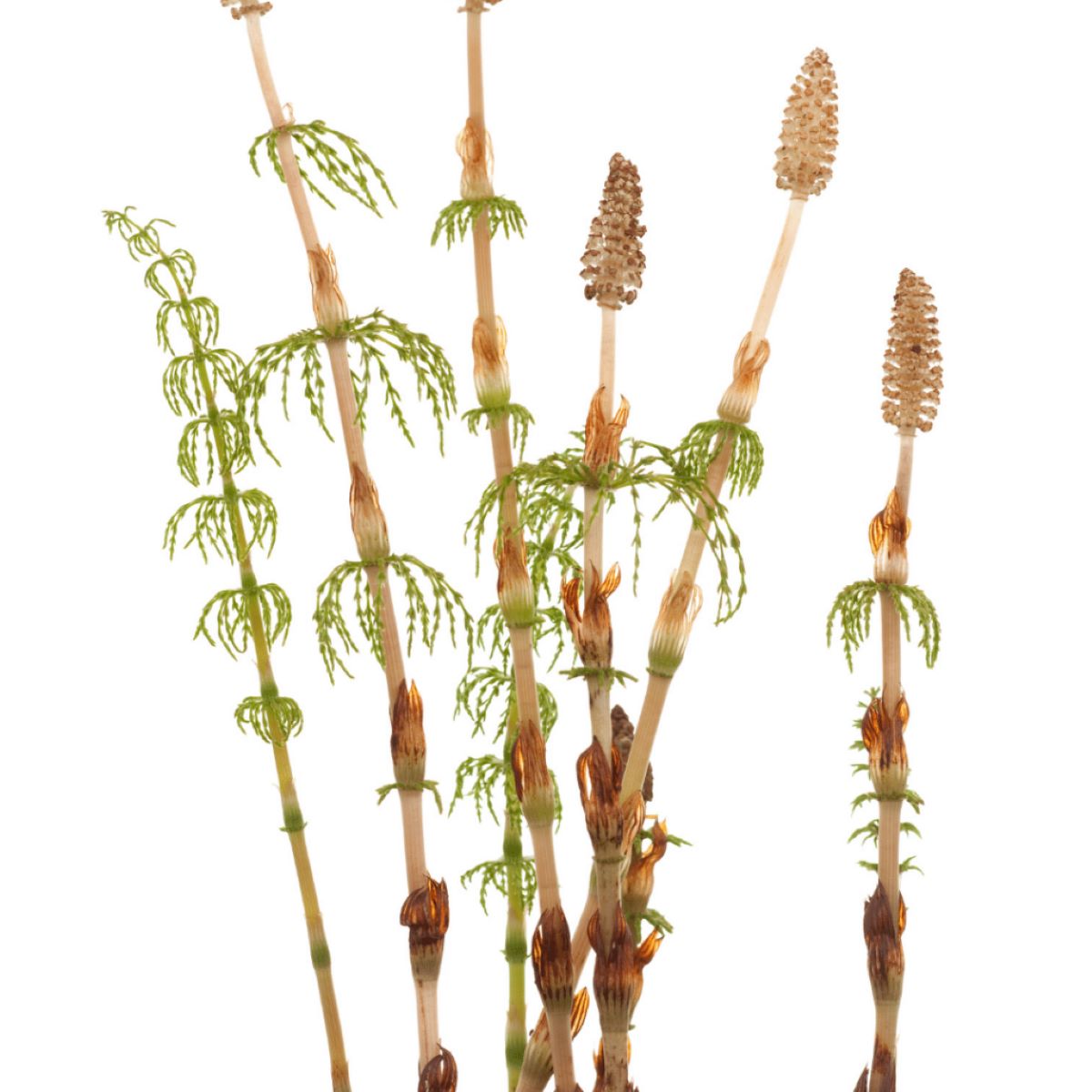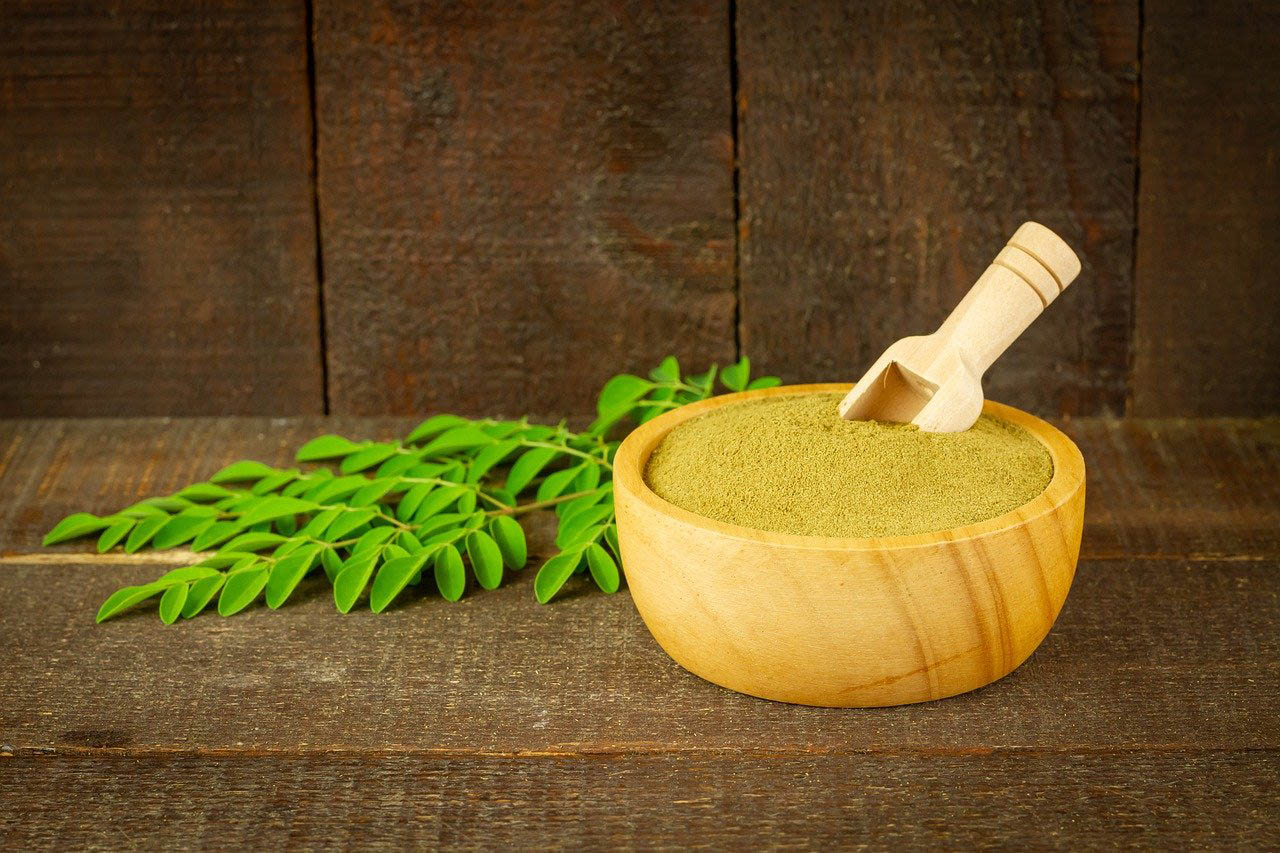Home>Gardening News and Trends>Latest News>What Vegetables Help Lower Blood Pressure
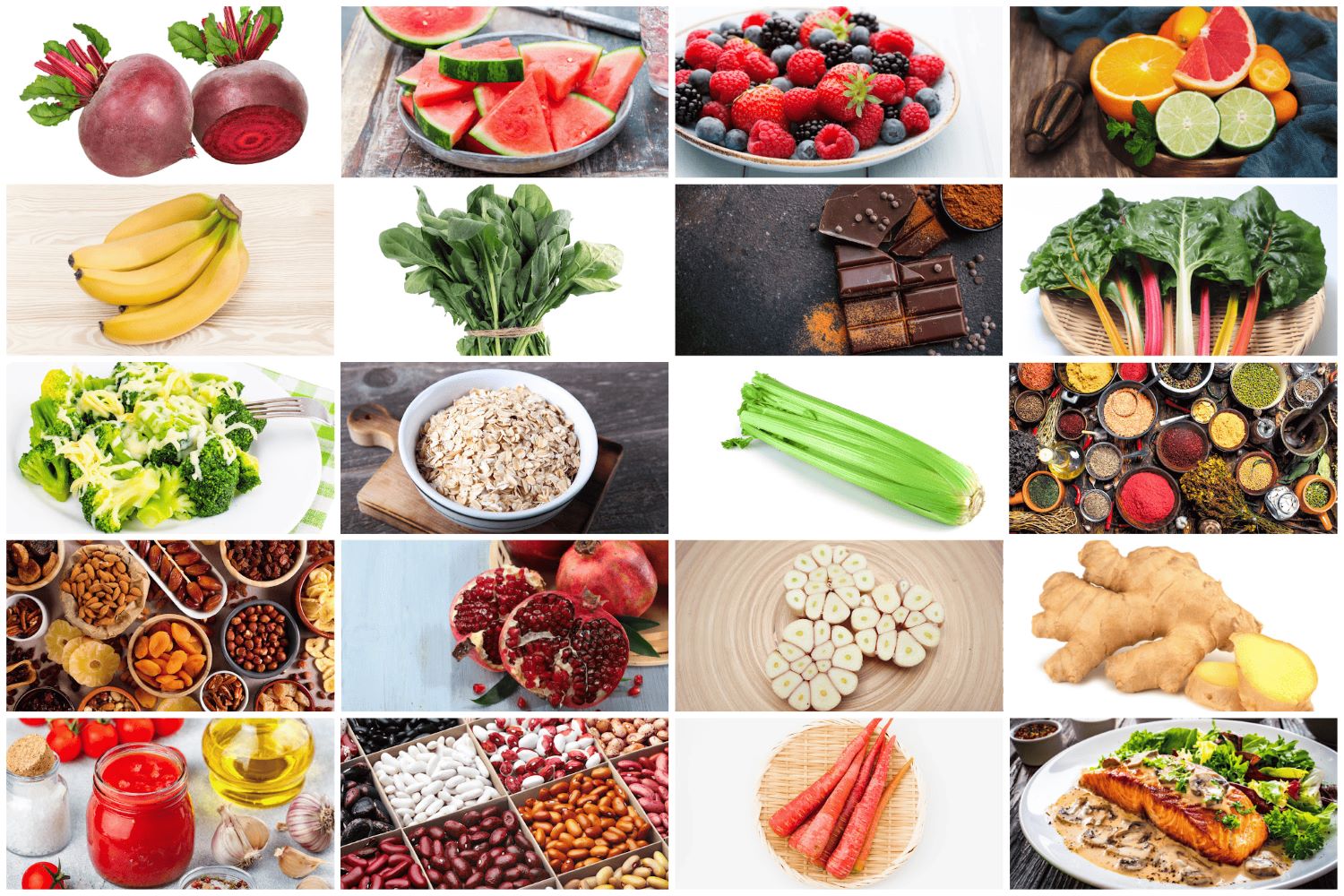

Latest News
What Vegetables Help Lower Blood Pressure
Modified: January 22, 2024
Discover the Latest News on How Certain Vegetables Can Help Lower Blood Pressure and improve your overall health.
(Many of the links in this article redirect to a specific reviewed product. Your purchase of these products through affiliate links helps to generate commission for Chicagolandgardening.com, at no extra cost. Learn more)
Table of Contents
- Introduction
- Understanding High Blood Pressure
- The Role of Vegetables in Blood Pressure Management
- Leafy Greens and Their Impact on Blood Pressure
- The Power of Beets in Lowering Blood Pressure
- Cruciferous Vegetables and Their Effect on Blood Pressure
- The Potential Benefits of Carrots in Blood Pressure Control
- The Impact of Tomatoes on Blood Pressure Levels
- Garlic and Its Potential to Lower Blood Pressure
- Other Vegetables That Can Help Lower Blood Pressure
- Conclusion
Introduction
High blood pressure, also known as hypertension, is a common health condition that affects millions of people worldwide. It is a serious concern as it can increase the risk of various health problems, including heart disease, stroke, and kidney disease. Fortunately, there are several lifestyle changes that can help manage blood pressure levels, and one of the most effective and natural ways to do so is through diet.
Incorporating a variety of vegetables into your diet has long been recommended for overall health, but did you know that certain vegetables can also help lower blood pressure? These power foods are rich in vitamins, minerals, and antioxidants that contribute to better cardiovascular health.
In this article, we will explore the role of vegetables in blood pressure management and delve into specific vegetables that have been shown to have a positive impact on lowering blood pressure levels. From leafy greens to beets, cruciferous veggies to carrots, and beyond, you’ll discover a wide range of tasty options to incorporate into your meal plans for optimal blood pressure control.
It’s important to note that while incorporating these vegetables into your diet can be beneficial, they should not replace medication prescribed by your healthcare provider. Always consult with your doctor or a registered dietitian before making any significant changes to your diet or treatment plan.
So, let’s dive into the world of vegetables and explore the ones that can help lower blood pressure and contribute to your overall well-being.
Understanding High Blood Pressure
High blood pressure, or hypertension, occurs when the force of blood against the walls of the arteries is consistently too high. It is often referred to as the “silent killer” because it typically has no symptoms but can lead to severe health complications if left untreated.
Several factors contribute to the development of high blood pressure, including genetics, age, lifestyle choices, and underlying medical conditions such as obesity, diabetes, and kidney disease. Stress, a sedentary lifestyle, excessive alcohol consumption, and a diet high in sodium and saturated fats can also increase the risk of developing hypertension.
When the blood pressure is consistently elevated, it puts strain on the heart and blood vessels. Over time, this can damage the arteries, leading to atherosclerosis (hardening of the arteries), which further increases the risk of heart disease, stroke, and other cardiovascular problems.
It is crucial to monitor blood pressure regularly and take steps to keep it within a healthy range. The American Heart Association defines normal blood pressure as below 120/80 mmHg, while high blood pressure is classified as 130/80 mmHg or higher.
To effectively manage high blood pressure, lifestyle modifications such as a balanced diet, regular exercise, stress reduction, and medication may be necessary. Incorporating vegetables into your diet is a natural and effective way to support healthy blood pressure levels.
Next, let’s explore how vegetables play a role in blood pressure management and their unique benefits.
The Role of Vegetables in Blood Pressure Management
Vegetables are an essential component of a healthy diet, and their inclusion has been associated with a reduced risk of chronic diseases, including high blood pressure. These nutrient-packed powerhouses are rich in vitamins, minerals, fiber, and phytochemicals, all of which contribute to better cardiovascular health.
One of the key benefits of vegetables in blood pressure management is their high potassium content. Potassium is an essential mineral that helps regulate blood pressure by counteracting the effects of sodium. Sodium, commonly found in processed and packaged foods, can contribute to high blood pressure. Consuming potassium-rich vegetables can help balance the sodium-potassium ratio in the body, promoting healthy blood pressure levels.
Furthermore, vegetables are generally low in calories and fat while being high in volume and fiber. This combination can aid in weight management, another crucial aspect of blood pressure control. Maintaining a healthy weight reduces the strain on the heart and blood vessels, ultimately helping to lower blood pressure.
The variety of vitamins and minerals found in vegetables, such as vitamin C, vitamin E, magnesium, and folate, also play a role in blood pressure management. These nutrients support overall cardiovascular health and help protect against oxidative stress and inflammation, both of which can contribute to high blood pressure.
Additionally, the phytochemicals found in vegetables, such as flavonoids and carotenoids, have been linked to improved blood vessel function and reduced risk of hypertension. These natural compounds possess antioxidant and anti-inflammatory properties that can help relax blood vessels, promote healthy circulation, and maintain optimal blood pressure levels.
By incorporating a wide variety of vegetables into your meals, you can harness their incredible benefits and support your journey towards maintaining healthy blood pressure levels. In the following sections, we will explore specific vegetables and their unique contributions to blood pressure management.
Leafy Greens and Their Impact on Blood Pressure
Leafy greens are nutrient powerhouses that can have a significant impact on blood pressure levels. These vibrant vegetables, including spinach, kale, Swiss chard, and collard greens, are packed with important vitamins, minerals, and antioxidants.
One of the standout components of leafy greens for blood pressure management is their high potassium content. Potassium acts as a natural vasodilator, helping to relax and widen blood vessels, which in turn can lower blood pressure. The fiber found in leafy greens also contributes to their blood pressure-lowering effect by aiding in digestion and promoting healthy circulation.
In addition, leafy greens are rich in nitrates, which are converted in the body to nitric oxide—a compound that helps relax blood vessels, improve blood flow, and regulate blood pressure. Studies have shown that a higher intake of dietary nitrate is associated with a lower risk of hypertension.
Furthermore, leafy greens are low in calories and high in volume, making them an excellent choice for those looking to manage their weight and blood pressure. Their high fiber content helps to promote fullness and reduce hunger, which can support weight loss efforts and contribute to improved cardiovascular health.
When incorporating leafy greens into your meals, it’s important to note that cooking methods can affect their nutrient content. Lightly steaming or sautéing leafy greens can help preserve more of their beneficial compounds compared to boiling, which can cause some nutrient loss.
Overall, leafy greens are a fantastic addition to a blood pressure-friendly diet. Their potassium, nitrates, fiber, and other essential nutrients not only contribute to lower blood pressure but also provide numerous other health benefits. Consider adding more leafy greens to your salads, smoothies, soups, and stir-fries to reap their remarkable health advantages.
The Power of Beets in Lowering Blood Pressure
Beets, with their vibrant red color and earthy taste, have gained attention for their potential to lower blood pressure. These root vegetables owe their blood pressure-lowering effect to their high nitrate content.
When consumed, the nitrates in beets are converted into nitric oxide, a compound known to relax and widen blood vessels. This vasodilation process improves blood flow and can help lower blood pressure. Research has shown that regular consumption of beet juice or beetroot powder can lead to significant reductions in both systolic and diastolic blood pressure levels.
Beets are also a rich source of other beneficial nutrients, including potassium, magnesium, and fiber, all of which play a role in blood pressure regulation. Potassium, in particular, helps balance sodium levels in the body, reducing water retention and lowering blood pressure. Additionally, the fiber content in beets supports healthy digestion, promotes satiety, and aids in weight management, further contributing to blood pressure control.
Moreover, beets are packed with antioxidants and phytonutrients that have been shown to have positive effects on cardiovascular health. They help reduce oxidative stress, combat inflammation, and protect against cellular damage—all of which are important factors in maintaining optimal blood pressure levels and overall heart health.
There are numerous ways to incorporate beets into your diet. You can enjoy them raw in salads, juice them for a refreshing drink, or roast them as a delicious side dish. Additionally, beet greens, the leafy tops of beets, are also highly nutritious and can be sautéed or added to salads.
It’s worth noting that beets have a naturally high sugar content, so if you have diabetes or are watching your sugar intake, it’s essential to monitor portion sizes and consult with your healthcare provider or a registered dietitian to ensure they fit into your overall dietary plan.
Overall, beets are an excellent addition to a blood pressure-friendly diet. Their nitrate content, along with their potassium, magnesium, fiber, and antioxidant content, make them a powerful ally in the journey towards maintaining healthy blood pressure levels and cardiovascular well-being.
Cruciferous Vegetables and Their Effect on Blood Pressure
Cruciferous vegetables, including broccoli, cauliflower, cabbage, Brussels sprouts, and kale, offer a range of health benefits, including their potential to help lower blood pressure.
These nutrient-dense vegetables are rich in various compounds that contribute to blood pressure regulation. Cruciferous vegetables are an excellent source of dietary nitrates, which, as mentioned earlier, are converted into nitric oxide in the body. Nitric oxide helps relax blood vessels, promoting better blood flow and potentially reducing blood pressure levels.
In addition to nitrates, cruciferous vegetables contain a group of natural plant chemicals called glucosinolates. When broken down during digestion, glucosinolates produce active compounds such as isothiocyanates, indoles, and sulforaphane, which have been shown to have anti-inflammatory and cardiovascular protective effects.
Research suggests that these bioactive compounds may help lower blood pressure by reducing oxidative stress, improving blood vessel function, and supporting overall cardiovascular health.
Furthermore, cruciferous vegetables are rich in potassium, fiber, and various vitamins and minerals, all of which play crucial roles in blood pressure control and heart health. Potassium helps counterbalance the effects of sodium, thereby promoting normal blood pressure levels. Fiber aids in digestion and contributes to satiety, which may support weight management.
To maximize the health benefits of cruciferous vegetables, it’s best to consume them in their fresh, uncooked form. Raw or lightly steamed cruciferous vegetables retain more of their nutrients compared to overcooking or boiling them. They can be incorporated into salads, stir-fries, roasted vegetable medleys, or enjoyed as nutritious additions to smoothies.
It’s important to note that some individuals may experience gas or bloating when consuming cruciferous vegetables due to their high fiber content. If this is a concern, gradually introduce them into your diet or try cooking methods that make them easier to digest, such as steaming.
By including cruciferous vegetables in your meals regularly, you can harness their unique compounds and nutrients to support lower blood pressure, enhance heart health, and promote overall wellbeing.
The Potential Benefits of Carrots in Blood Pressure Control
Carrots, with their vibrant orange hue and sweet taste, are not only delicious but also offer potential benefits for blood pressure control. These root vegetables are packed with essential nutrients that contribute to overall cardiovascular health.
One of the key components of carrots that may help lower blood pressure is their high potassium content. Potassium plays a vital role in maintaining healthy blood pressure levels by counteracting the effects of sodium, which can elevate blood pressure. By increasing potassium intake through foods like carrots, you can help promote a more balanced sodium-potassium ratio in the body and support better blood pressure regulation.
Carrots are also rich in dietary fiber, which is beneficial for blood pressure control. Fiber helps regulate blood sugar levels and slows down digestion, which can contribute to a feeling of fullness and aid in weight management. Maintaining a healthy weight is an important aspect of blood pressure control, as excess weight can increase the strain on the heart and blood vessels.
Moreover, carrots are an excellent source of antioxidants, including beta-carotene, which gives them their bright orange color. These antioxidants help combat oxidative stress and inflammation in the body, two factors that contribute to high blood pressure and increased cardiovascular risk. By including carrots in your diet, you can harness the potential benefits of these antioxidants and support overall heart health.
An easy and delicious way to incorporate carrots into your diet is to enjoy them raw or lightly cooked. Carrots can be enjoyed as a crunchy snack, shredded into salads, or added to soups and stir-fries. Additionally, the naturally sweet flavor of carrots makes them a versatile ingredient in smoothies and baked goods.
It’s important to note that carrots, like many other vegetables, have a low glycemic index, meaning they have a minimal impact on blood sugar levels. This makes them a suitable choice for individuals with diabetes or those who are monitoring their carbohydrate intake.
By including carrots in your meals regularly, you can take advantage of their potassium, fiber, and antioxidant content to support blood pressure control and overall cardiovascular health.
The Impact of Tomatoes on Blood Pressure Levels
Tomatoes, with their juicy and vibrant red flesh, are not only a staple in many cuisines but also offer potential benefits when it comes to blood pressure management. These versatile fruits are packed with essential nutrients that contribute to overall cardiovascular health.
One of the notable components of tomatoes that may have a positive impact on blood pressure is lycopene. Lycopene is a powerful antioxidant that gives tomatoes their red color. Research suggests that lycopene may help lower blood pressure by reducing oxidative stress, improving blood vessel function, and promoting overall heart health.
In addition to lycopene, tomatoes are an excellent source of potassium and vitamin C, two key nutrients that play essential roles in blood pressure regulation. Potassium helps counteract the effects of sodium, which can increase blood pressure, while vitamin C supports the health of blood vessels and may improve endothelial function.
Furthermore, tomatoes are rich in dietary fiber, which contributes to satiety and helps regulate blood sugar levels. By promoting a feeling of fullness and stabilizing blood sugar, dietary fiber can aid in weight management and support healthy blood pressure levels.
An interesting fact about tomatoes is that cooking them can enhance the availability of lycopene. The body absorbs more lycopene from cooked or processed tomatoes compared to raw ones. This means that tomato-based products like sauces, soups, and canned tomatoes can potentially provide even more lycopene and its associated health benefits.
There are various ways to incorporate tomatoes into your diet. Enjoy them raw in salads, sliced on sandwiches, or integrate them into cooked dishes to add flavor and nutrition. Tomato-based sauces and salsas are delicious additions as well.
It’s important to note that some individuals may have sensitivities or allergies to tomatoes, so it’s essential to listen to your body and consult with a healthcare professional if you experience any adverse reactions.
By including tomatoes in your meals regularly, whether fresh or cooked, you can take advantage of their lycopene, potassium, vitamin C, and fiber content to support blood pressure control and overall cardiovascular health.
Garlic and Its Potential to Lower Blood Pressure
Garlic, known for its distinct flavor and aroma, has been used for centuries not only as a culinary ingredient but also for its potential health benefits. When it comes to blood pressure management, garlic has gained attention for its potential to help lower elevated blood pressure levels.
Garlic contains a compound called allicin, which is responsible for many of its health-promoting properties. Allicin is known for its antioxidant, anti-inflammatory, and cardiovascular protective effects. Studies have suggested that allicin may help relax blood vessels, thereby improving blood flow and potentially reducing high blood pressure.
Furthermore, garlic has been found to have a mild diuretic effect, which means it may help increase urine production and decrease fluid retention. This can contribute to a reduction in blood volume and help lower blood pressure levels.
Research on the potential blood pressure-lowering effects of garlic has shown mixed results. While some studies have indicated a modest reduction in blood pressure with garlic supplementation, others have not found significant effects. However, it is important to note that garlic is often used in combination with other lifestyle modifications, such as a healthy diet and regular exercise, which are also essential for blood pressure control.
In addition to its potential blood pressure benefits, garlic is known for its antimicrobial properties, immune-boosting effects, and potential to reduce cholesterol levels—all of which contribute to better cardiovascular health overall.
Garlic can be incorporated into your diet in various ways. It can be used fresh in cooking, crushed and added to sauces or dressings, or taken as a supplement in the form of garlic extract or aged garlic capsules. However, it’s worth noting that excessive consumption of raw garlic may cause digestive discomfort or interact with certain medications, so moderation is key.
If you are considering using garlic as a supplement or have a pre-existing medical condition or take medication, it’s important to consult with a healthcare professional to ensure it is safe and suitable for you.
While garlic alone may not be a definitive solution for lowering blood pressure, it can be a valuable addition to an overall healthy lifestyle, which includes a balanced diet, regular exercise, stress management, and medical guidance.
Other Vegetables That Can Help Lower Blood Pressure
In addition to the specific vegetables we’ve discussed, there are several others that have been found to have potential benefits in lowering blood pressure. Let’s explore some of these vegetables and their contributions to blood pressure control.
1. Celery: This crunchy vegetable is not only low in calories but is also a good source of potassium, which promotes healthy blood pressure levels. Celery is also rich in antioxidants and contains compounds that may help relax blood vessels.
2. Bell Peppers: Colorful bell peppers, whether red, orange, yellow, or green, are packed with vitamin C, antioxidants, and other beneficial compounds. These nutrients contribute to better cardiovascular health and, potentially, a reduction in blood pressure.
3. Cucumbers: Cucumbers are not only hydrating but also low in calories and high in fiber. Their natural diuretic properties may help reduce excess fluid in the body and assist in controlling blood pressure.
4. Sweet Potatoes: These root vegetables are rich in fiber, vitamins, and minerals, including potassium. The combination of fiber and potassium in sweet potatoes can support blood pressure control and overall heart health.
5. Onions: Onions contain compounds that may help lower blood pressure, including quercetin and sulfur compounds. Quercetin has been shown to have anti-inflammatory and antioxidant effects, which support cardiovascular health.
6. Zucchini: Zucchini is packed with nutrients like potassium, magnesium, and fiber—all of which can contribute to blood pressure regulation. The high water content of zucchini can also promote hydration, which is crucial for maintaining healthy blood pressure levels.
7. Asparagus: This green vegetable is a natural diuretic, stimulating urine production and helping to remove excess sodium and fluid from the body. Asparagus is also a good source of potassium and fiber.
8. Eggplant: Eggplant contains a compound called nasunin, which has been shown to have antioxidant and anti-inflammatory properties. These properties may contribute to improved blood vessel function and blood pressure control.
These are just a few examples of the many vegetables that can support blood pressure management. By incorporating a diverse range of vegetables into your diet, you can enjoy their unique nutritional profiles and harness their potential benefits for better cardiovascular health.
Conclusion
When it comes to managing high blood pressure, incorporating a variety of vegetables into your diet can be a powerful strategy. These nutrient-rich foods offer a range of benefits that contribute to better cardiovascular health and blood pressure control.
Leafy greens, such as spinach and kale, are packed with potassium, fiber, and nitrates, all of which promote healthy blood pressure levels. Beets, with their high nitrate content, have the potential to improve blood vessel function and lower blood pressure. Cruciferous vegetables like broccoli and cauliflower offer compounds that support blood pressure regulation and overall heart health.
Carrots, tomatoes, garlic, and other vegetables provide essential nutrients like potassium, fiber, antioxidants, and phytochemicals, all of which contribute to blood pressure management. These vegetables can be enjoyed in various ways, either raw, lightly cooked, or incorporated into delicious recipes.
It’s important to note that while vegetables are beneficial for blood pressure control, they should not replace medical treatment or advice. If you have high blood pressure or other cardiovascular concerns, it’s essential to work with your healthcare provider to develop a comprehensive approach to managing your condition.
Incorporating a wide variety of vegetables into your diet, along with other lifestyle changes like regular exercise, stress reduction, and maintaining a healthy weight, can have a significant impact on blood pressure management. Remember, it’s the overall quality of your diet and lifestyle that matters most.
So, embrace the power of vegetables and let them be your allies in the journey towards lower blood pressure, improved heart health, and overall well-being.
